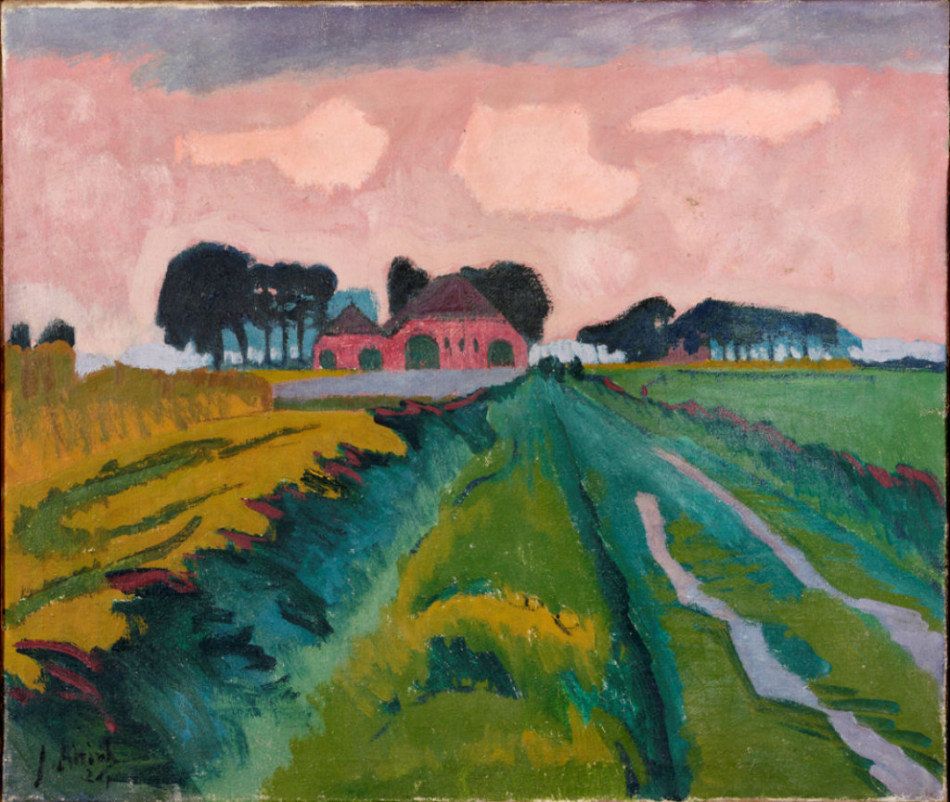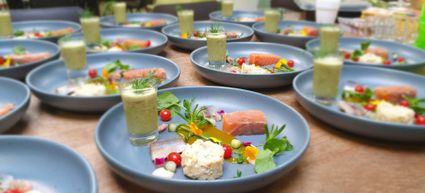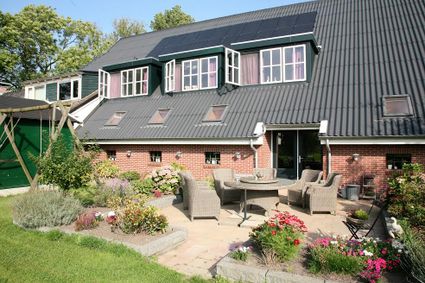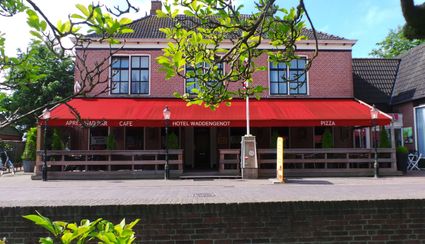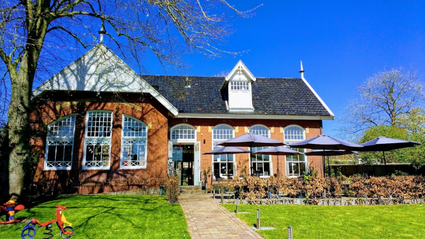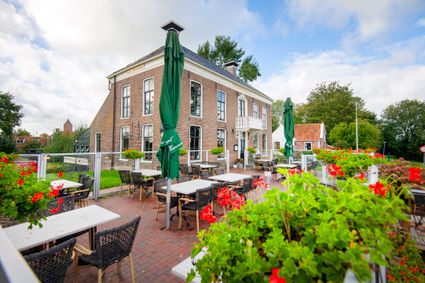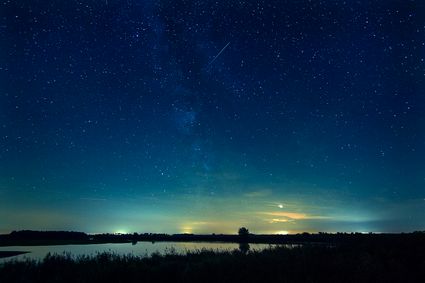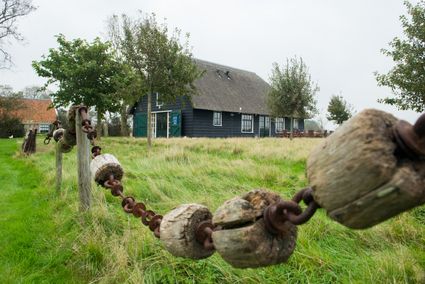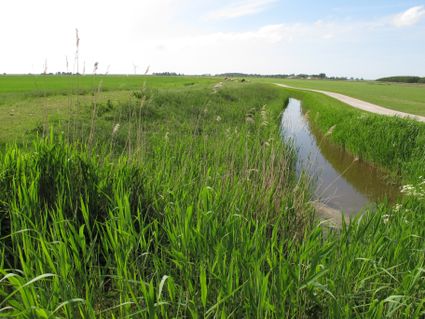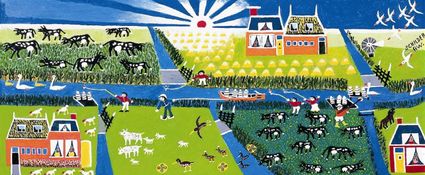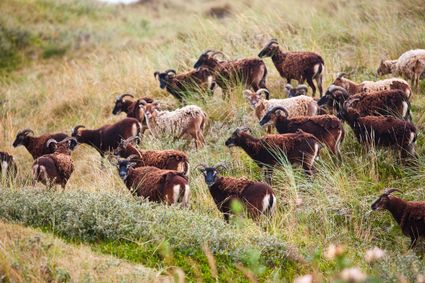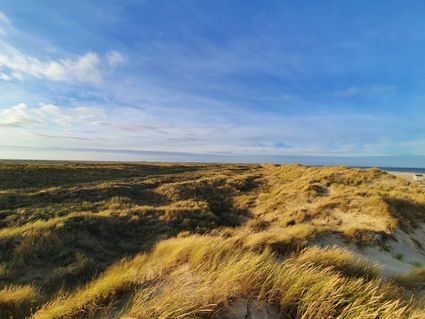Land of De Ploeg
The Wadden area of Groningen inspires with its beauty. There are galleries everywhere, sometimes even at the artists' homes. Imagine this landscape through the eyes of an artist.
Art in the Waddenland
Groningen is the land of De Ploeg. In 1918 a number of artists started a collective. Musicians, writers, but mainly painters. They called themselves De Ploeg (the plough). The name was an ode to the landscape, but - more importantly - also a sign that the time had come to ring in the new. Art in Groningen needed to be cultivated. This artists guild is still active.
The Groninger Museum has a permanent exhibition with some of their main artists. But walking in the footsteps of the artists is the best way to experience De Ploeg. You'll recognise the meandering streams, the winding roads across the old mounds and dikes in the landscape and the colours that change with the seasons. The bright yellow of the mustard and rapeseed fields, the golden yellow of the grain, interspersed with a surprising pink poppy or a multi-coloured field of tulips. A vast landscape where the silhouettes of mound villages and their characteristic medieval churches are in sharp contrast to the vast, cloud-filled heavens.
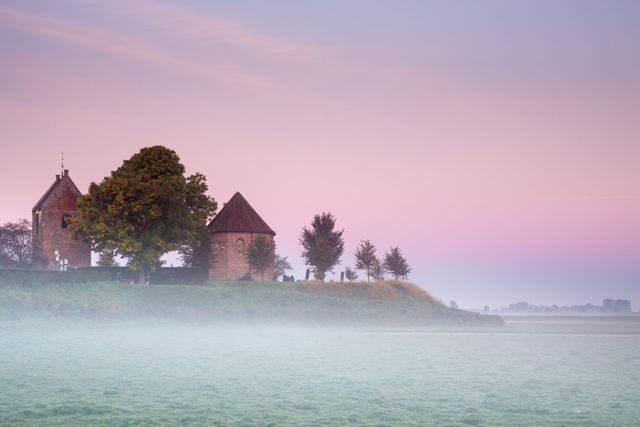
Groningen mosaics
This landscape was and still is a source of inspiration for the De Ploeg artists. Founders Jan Altink, Johan Dijkstra and Jan Wiegers captured it in a colourful way with their own Groninger expressionism. Then came constructivism with its straight geometrical shapes strictly arranged by Wobbe Alkema and Jan van der Zee; who both also dabbled in other styles later.
You can still find works by the De Ploeg artists in many, sometimes unexpected, places along the Wadden coast in Groningen. In mosaics on schools and other buildings, for example. The Groningen landscape is also featured in these mosaics. The work of art that Jan van der Zee created for elementary school F.H. Jansenius de Vries in Warffum in 1960 and his Wilde Zwanen in Usquert are both good examples. So be sure to include them in your route when you're walking or biking through the area.

Routes: Cycling through a living painting
Two special De Ploeg routes take you along the places that were so loved by the Ploeg artists. The Hotspots-routeis a 40-kilometre-long loop, equipped with 'hotspots': large replicas of Ploeg paintings. It is fascinating to see how the landscape has changed, or has remained unexpectedly recognizable.
Rather covering greater distances? Via various e-bike routes In het spoor van de Ploeg (In the footsteps of de Ploeg) you can traverse Groningen. A free app brings together the present and the past with photos, sound and (art) historical background information. The e-bike routes vary from over 50 km to a multi-day route of 165 km.

